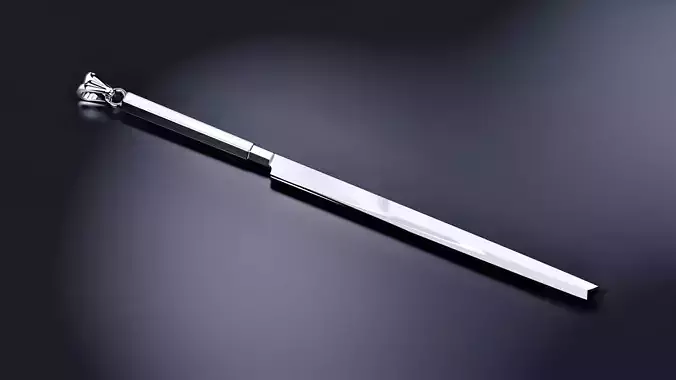1/4
After the Meiji Restoration in 1868, the samurai were banned from carrying swords as part of an attempt to modernize Japan. Though a demand for military swords remained and some sword-smiths still produced traditional samurai swords as art, the majority of sword-smiths refocused their skill to cutlery production, following the cultural shift. The production of steel knives in Sakai began in the 16th century, when tobacco was introduced to Japan by the Portuguese and Sakai craftsmen started to make knives for cutting tobacco. The Sakai knife industry received a major boost from the Tokugawa shogunate (1603–1868), which granted Sakai a special seal of approval and enhanced its reputation for quality. Today, Seki, Gifu is considered the home of modern Japanese kitchen cutlery, where state-of-the-art manufacturing technology has updated ancient forging skills to produce a world-class series of stainless and laminated steel kitchen knives.
A high-end traditional japanese kitchen knife pendant in printable and castable STL. format.
- Can be used as a low-poly model in other projects as well.
- If you liked the model please leave ✪✪✪✪✪
REVIEWS & COMMENTS
accuracy, and usability.




